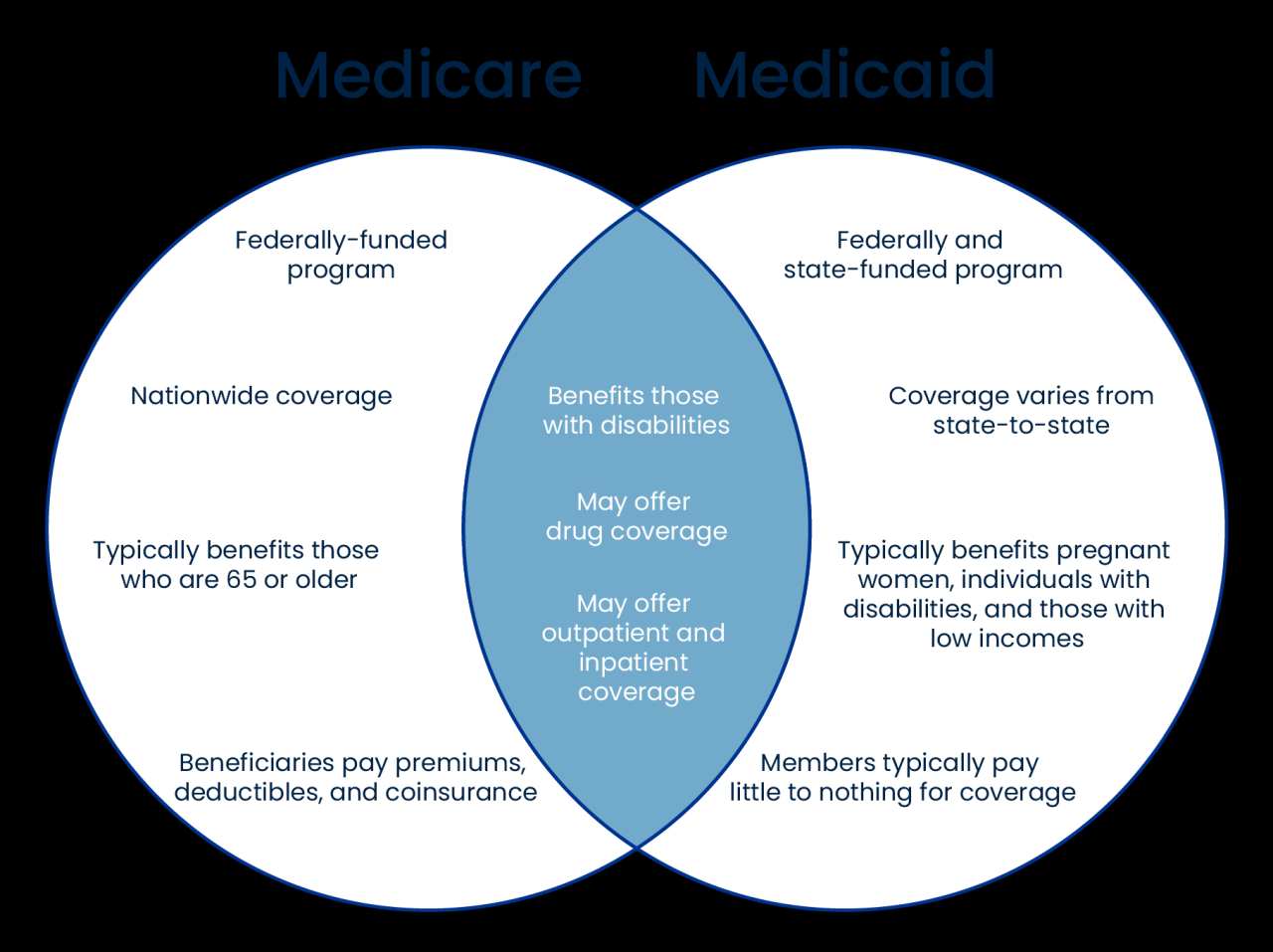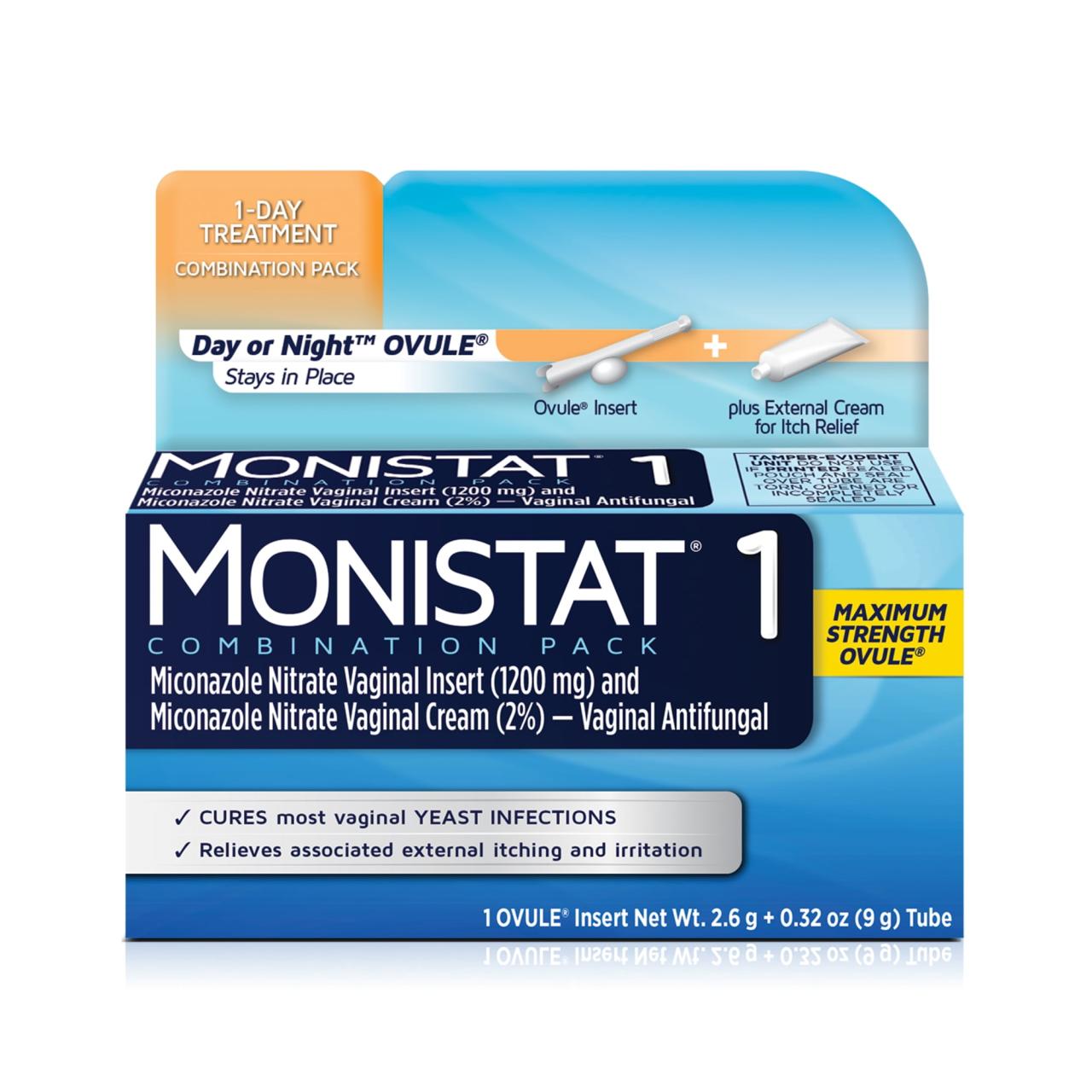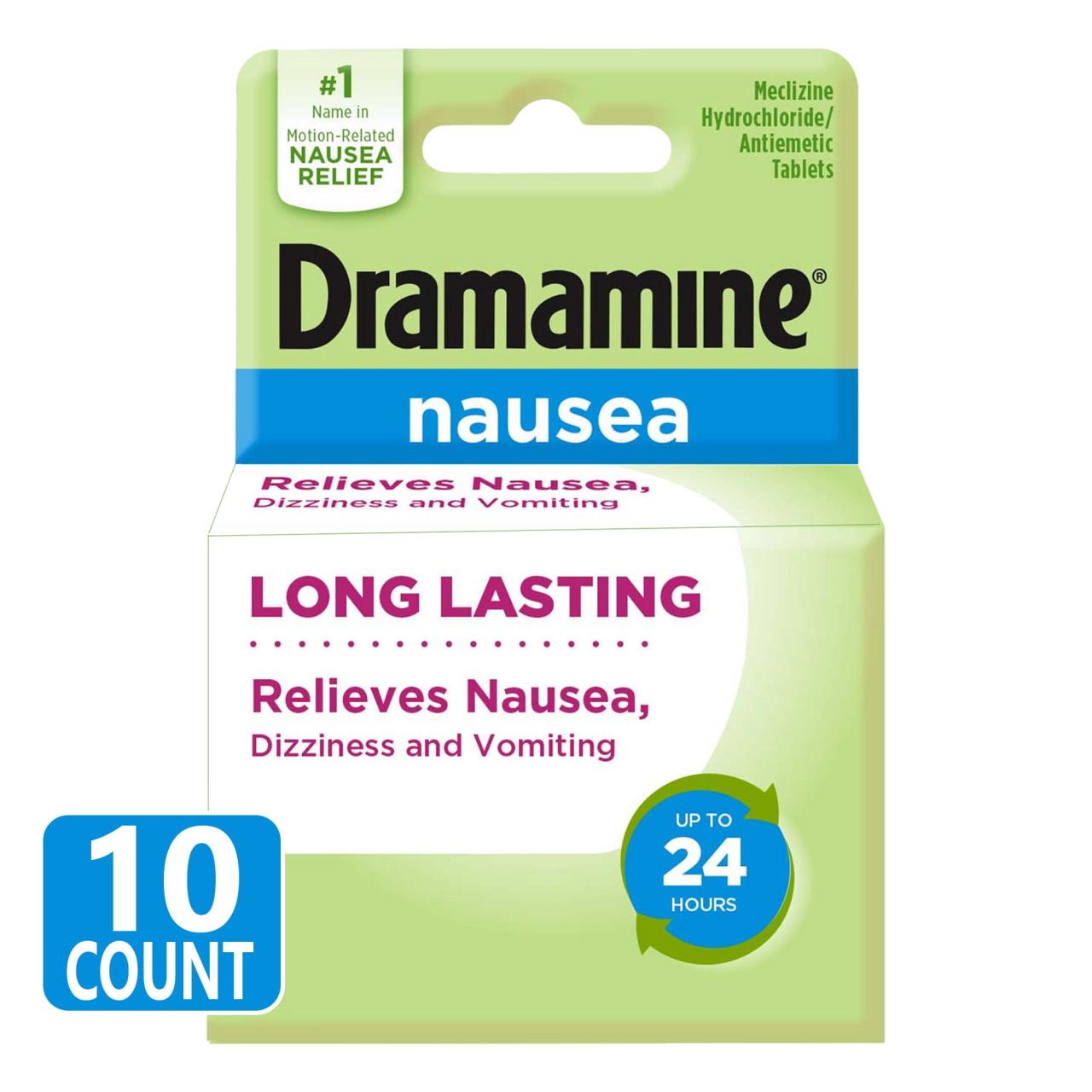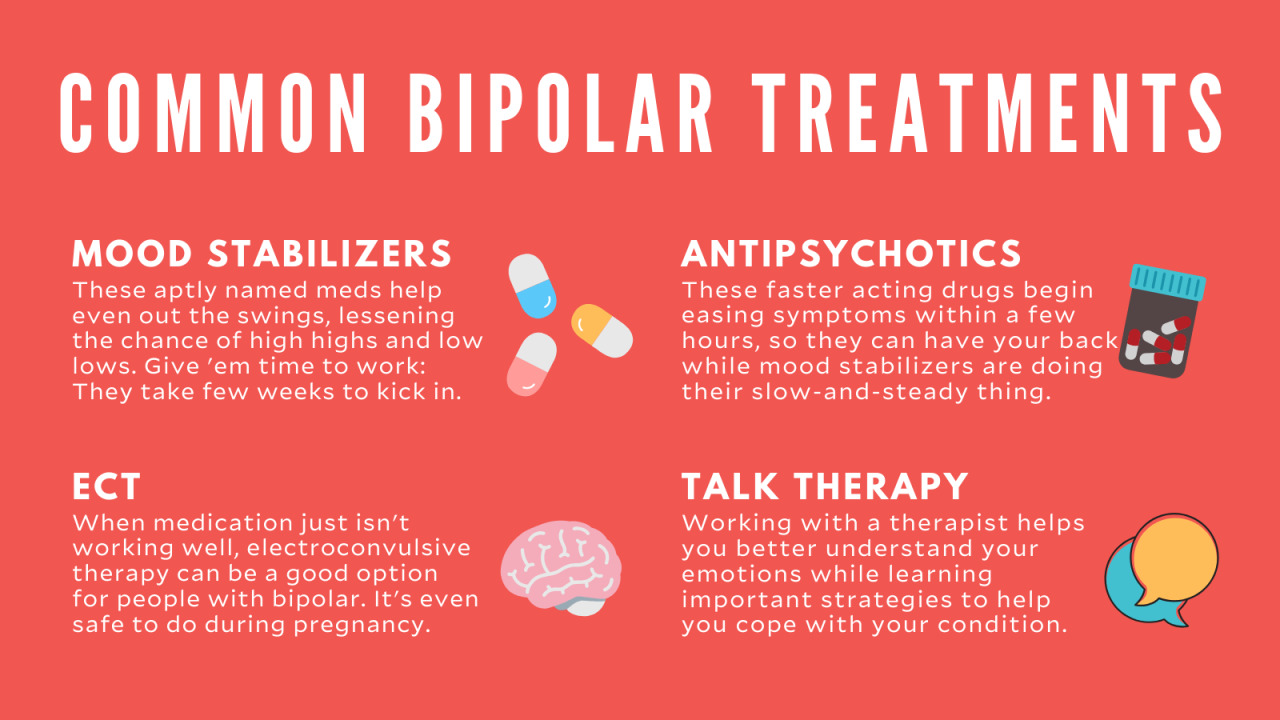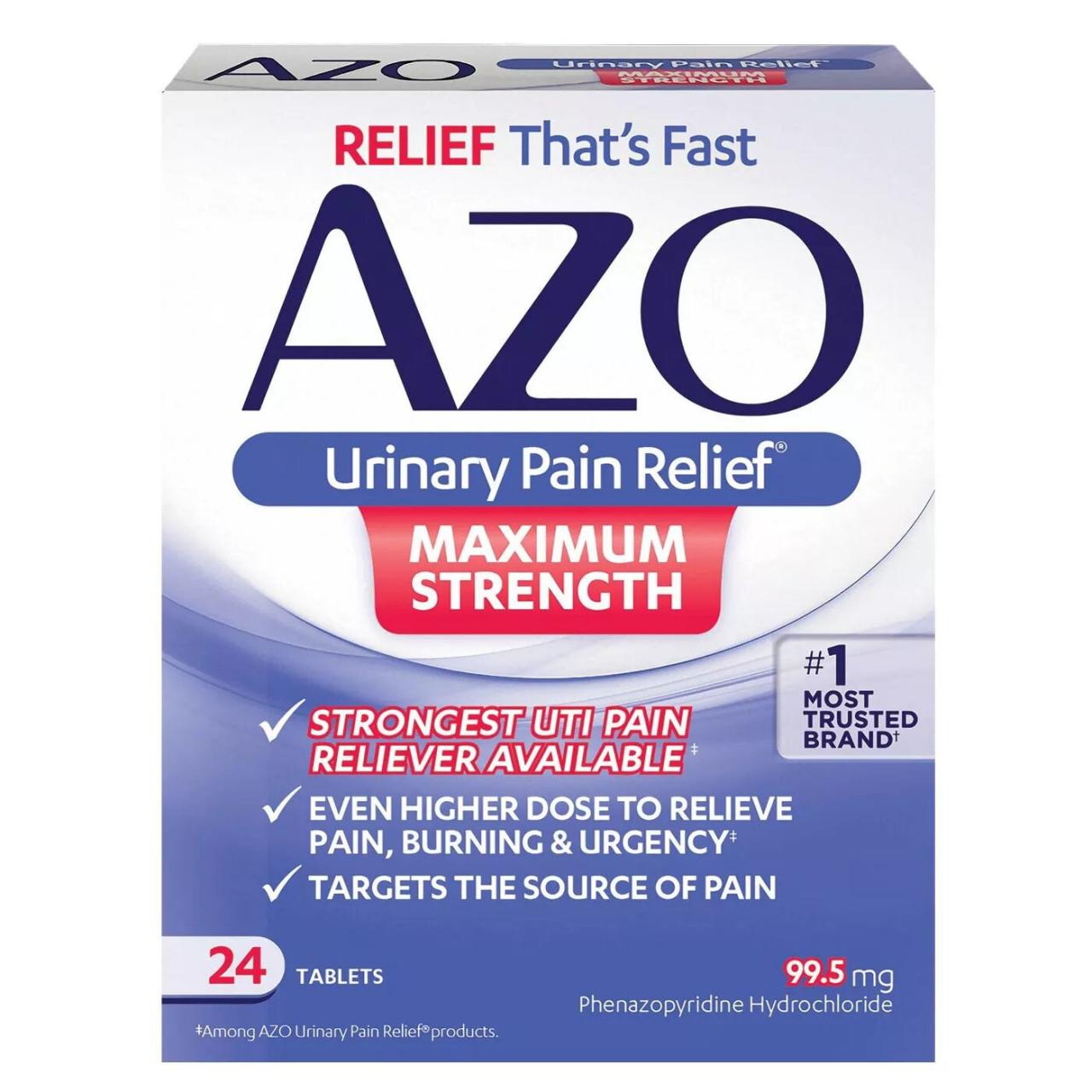Blood pressure medications are a cornerstone of managing high blood pressure, a condition that affects millions worldwide. These powerful drugs work by targeting specific mechanisms within your body to lower your blood pressure, reducing your risk of heart attacks, strokes, and other serious health complications.
But with so many different types of medications available, choosing the right one and understanding its potential side effects can feel overwhelming. This guide will help you navigate the world of blood pressure medications, from understanding their mechanisms of action to managing potential side effects and optimizing your treatment plan.
We’ll explore the various classes of blood pressure medications, including their common brand and generic names, and discuss the factors that influence medication selection. We’ll also delve into the importance of lifestyle modifications, such as adopting a healthy diet, engaging in regular physical activity, and managing stress, which can complement medication therapy and improve your overall health.
Understanding Blood Pressure Medications
High blood pressure, also known as hypertension, is a common health condition that affects millions of people worldwide. It is a silent killer, often showing no symptoms until it reaches a dangerous level. Medication is a crucial part of managing high blood pressure, and there are various types available, each with its own mechanism of action, potential side effects, and effectiveness.
Types of Blood Pressure Medications

Blood pressure medications work by targeting different parts of the body’s circulatory system to lower blood pressure. Here’s a breakdown of the main categories:
- Diuretics:These medications increase urine production, which helps to reduce the volume of blood in the body and lower blood pressure. Common examples include hydrochlorothiazide (HydroDIURIL) and furosemide (Lasix).
- Beta-blockers:These medications block the effects of adrenaline and other hormones that can increase heart rate and blood pressure. Examples include metoprolol (Lopressor) and atenolol (Tenormin).
- ACE inhibitors:These medications block the production of a hormone that constricts blood vessels, leading to lower blood pressure. Common examples include lisinopril (Prinivil) and ramipril (Altace).
- Angiotensin II receptor blockers (ARBs):These medications block the action of angiotensin II, a hormone that constricts blood vessels, leading to lower blood pressure. Examples include losartan (Cozaar) and valsartan (Diovan).
- Calcium channel blockers:These medications relax blood vessels by blocking the entry of calcium into muscle cells. Examples include amlodipine (Norvasc) and diltiazem (Cardizem).
- Alpha-blockers:These medications relax blood vessels by blocking the effects of adrenaline, which constricts blood vessels. Examples include doxazosin (Cardura) and terazosin (Hytrin).
- Vasodilators:These medications directly relax blood vessels, leading to lower blood pressure. Examples include hydralazine (Apresoline) and minoxidil (Loniten).
Choosing the Right Medication, Blood pressure medications
Selecting the right blood pressure medication depends on several factors, including the patient’s age, health history, other medications they are taking, and the severity of their hypertension. A healthcare professional will consider these factors and work with the patient to develop an individualized treatment plan.
Lifestyle Modifications

While medication plays a crucial role in managing high blood pressure, lifestyle modifications can significantly contribute to its control and overall health improvement.
- Adopt a Healthy Diet:A diet rich in fruits, vegetables, whole grains, and lean protein, while limiting saturated fat, cholesterol, and sodium, can help lower blood pressure.
- Engage in Regular Physical Activity:Aim for at least 30 minutes of moderate-intensity exercise most days of the week. Physical activity helps lower blood pressure, improves cardiovascular health, and promotes weight management.
- Manage Stress:Stress can raise blood pressure. Techniques such as yoga, meditation, and deep breathing exercises can help manage stress levels and reduce blood pressure.
Managing Side Effects
Like any medication, blood pressure medications can cause side effects. While some side effects are mild and temporary, others may be more severe. It’s important to discuss any side effects with a healthcare professional.
| Side Effect | Symptoms | Potential Solutions |
|---|---|---|
| Dizziness | Feeling lightheaded or faint | Change medication, adjust dosage, or take medication with food |
| Fatigue | Feeling tired or weak | Increase physical activity, get enough sleep, or adjust medication dosage |
| Headache | Pain in the head | Over-the-counter pain relievers, change medication, or adjust dosage |
| Cough | Dry cough | Change medication to a different class |
| Edema | Swelling in the legs or ankles | Elevate legs, wear compression stockings, or adjust medication dosage |
Importance of Adherence
Taking blood pressure medication as prescribed is crucial for managing hypertension. Consistent adherence to the medication regimen ensures that blood pressure remains under control, reducing the risk of complications.
- Set Reminders:Use a pill organizer, set alarms on your phone, or ask a family member to remind you.
- Track Medication Intake:Keep a record of when you take your medication to ensure you don’t miss doses.
- Address Challenges:If you face difficulties with medication adherence, talk to your healthcare professional. They can help you develop strategies to overcome challenges.
Ongoing Monitoring and Management
Regular blood pressure monitoring and follow-up appointments with a healthcare professional are essential for managing hypertension. These appointments allow for adjustments in medication dosage, assessment of treatment effectiveness, and identification of any potential complications.
Home blood pressure monitoring can provide valuable information about blood pressure fluctuations throughout the day. To use a home blood pressure monitor accurately:
- Sit quietly for 5 minutes before taking a reading.
- Place your arm on a table at heart level.
- Take two readings, a few minutes apart.
- Record your readings and share them with your healthcare professional.
Conclusion: Blood Pressure Medications
Living with high blood pressure requires a proactive approach, and understanding your medications is crucial. By working closely with your healthcare provider, adhering to your treatment plan, and incorporating healthy lifestyle changes, you can effectively manage your blood pressure and reduce your risk of serious health complications.
Remember, knowledge is power, and empowering yourself with information about your medications is the first step towards a healthier future.


